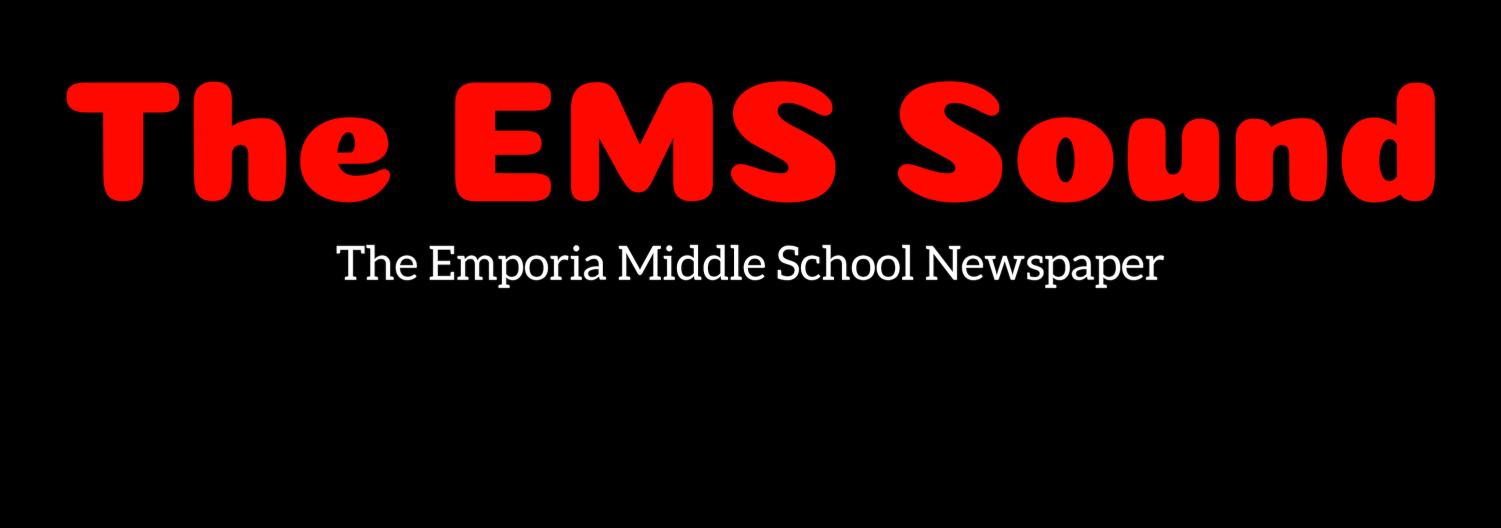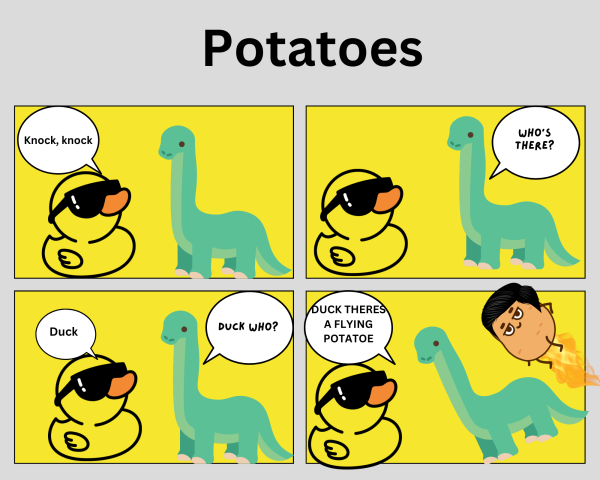Lizards: Different Body Language- What it means

April 21, 2022
Different Body Language
Have you ever seen or heard your lizard making noises or doing a certain movement, and wondered what it meant? Well you’re in luck, because today you are going to find out what those certain sounds and movements mean. There will be links for extra information. There are so many different sounds and movements, some mean good things, while others mean bad. Let’s begin!
Bearded Dragons- Body Language:
Flexed beard- Feeling territorial. Your beardie will expand his/her beard if s/he feels like someone else is getting in his/her personal space. If you have a male and there’s a female nearby, he’s just showing off again. Beard flexing is also a normal behavior in the morning, as they do it to stretch.
Pancaking- If your bearded dragon suddenly flattens against the ground, spreading out his/her body, s/he is feeling frightened. There may have been a sudden movement that s/he didn’t like, or maybe s/he is outside. This is a defensive maneuver dragons use to hide from predators. It also hardens their side spikes.
Gaping- This is a normal behavior displayed by bearded dragons when they get hot. It’s like dogs panting. This is nothing to be concerned about unless s/he is doing it frequently, which means you should reduce temps a bit, or that s/he is sick. A big gape can be a warning that s/he is about to bite.
Tail up- Your beardie is feeling alert! This is typically displayed while hunting down bugs or adventuring. And it’s terribly cute.
Head Bobbing- This is a territorial display, as well as a sign of dominance. Bearded dragons do this at other bearded dragons to tell them who’s boss. If a male is doing this at a female, he’s trying to impress her. If your bearded dragon is head bobbing but there’s no other beardie in sight, s/he’s just feeling good.
Arm Waving- This is how a head bob is usually returned. Arm waving is a sign of submission, and is very deliberate, so you can’t miss it! If a male is nearby, your female is likely telling him that she is impressed by him. If your beardie is an only child, arm waving may be a sign that s/he submits to you. You can build his/her confidence by arm waving at him/her. S/he will likely give you a funny look, but do it every once in a while and s/he’ll get the message.
Those are the only ones I will give you for today. These are the main movements that will happen, or that you need to know about. Don’t be worried if you see any of those movements above. Except for Gaping, which is usual, but when it’s happening almost always you might consider it that your beardie is sick. A big gape can mean s/he is about to bite so be careful and don’t stress your beardie. Time for the next one!
Leopard Gecko- Body language:
Rapid tail flicks- Rapid tail flicks signal excitement, usually while hunting or interested in mating.
Slow tail swishing- Usually accompanied by an arched back and walking/standing on tiptoe. This is a pretty clear “Leave me alone!”
Stress- Decreased appetite, weight loss, excessive hiding, glass surfing, and tail waving. Improper setup and poor handling are the root cause of most stress factors.
Climbing Their Tank:
Most of the time when leopard geckos try to climb the glass walls of their tank it’s normal behavior. However, it can also be a sign that they are uncomfortable with their environment. If you see your gecko trying to climb out of their tank, you should check the following to make sure their habitat is ideal:
Tank Size – If the tank is too small, the gecko may be climbing because they need more space.
Non-stimulating environment – Leopard geckos can get bored with their environment if the habitat in your gecko’s tank is too bare or boring. They will start to try to get outside their tank where it looks more interesting.
Confusion – Most animals don’t understand glass and will not know why they cannot pass through it. So sometimes your gecko may have forgotten that he/she cannot get around the glass or they may be exploring to see if any part of the glass is open so they can leave the tank.
Something Disturbing- There might be something that disturbs your lizard, for example, mites. Your leopard gecko may be doing this while trying to get away from mites. But that is a kinda rare case. Most of the time it’s just because it’s bored, curious to see what is outside of its tank, etc.
Hiding: Many new leopard gecko owners will wonder why their gecko seems to be hiding from them. There are a couple of reasons for this, but the biggest reason is that leopard geckos are nocturnal and will usually stay in one of their hides (you should have three leopard gecko hides) all day until night. The only time you should be concerned is if your leopard gecko has not left their hide for 24 or more hours. This can indicate that your tank may not be the right temperature or that the gecko is feeling ill and you should make sure they are not displaying any type of abnormal behavior.
That is all I will be talking about, but, of course, there are quite a few more more. Don’t forget that at the end of this story I will have links to extra information so you can get more educated on your leopard gecko. There are so many things to learn about your lizard/s so that’s why I will have extra information at the end of this story. Let’s move on to the next thing!
Crested Gecko- Body language:
Tail Wagging- Sometimes, crested geckos will wag their tail when they feel threatened. “This is likely an attempt by the lizard to focus any imminent attack on the tail, rather than the head. They will often jettison their tails following these types of displays, so don’t touch your pet’s tail if he starts wagging it back and forth. Crested geckos will also wag their tails in other contexts, although it can be tricky to decipher their motivation or reasons for doing so. In some cases, it appears to be their way of communicating with other crested geckos. At other times, it may be associated with elimination behaviors.”
Food Refusal – “Crested geckos may stop eating if they are suffering from internal parasites, gastrointestinal infections or improper husbandry (typically inappropriate temperatures).”
Nasal Discharge – Any type of discharge that comes from your pet’s nose may indicate the presence of a respiratory infection.
There aren’t very many things for crested geckos, however there is a lot more than just what I have above. But, don’t worry. There will be a link at the end for extra information so that you can be more experienced and educated on what things mean, coming from your crested gecko. Let’s move to the next lizard, and then to the next section.
African fat-tailed Gecko- Body language-
Tail- Like some other geckos, the African fat-tailed geckos can lose their tail voluntarily if they feel like they’re in danger.
Rapid tail flicks- Rapid tail flicks signal excitement, usually while hunting or interested in mating.
Slow tail swishing- Usually accompanied by an arched back and walking/standing on tiptoe. This is a pretty clear “Leave me alone!”
Stress- Decreased appetite, weight loss, excessive hiding, glass swimming, and tail waving. Improper setup and poor handling are the root cause of most stress factors.
Climbing Their Tank:
Most of the time when leopard geckos try to climb the glass walls of their tank its normal behavior. However, it can also be a sign that they are uncomfortable with their environment. If you see your gecko trying to climb out of their tank, you should check the following to make sure their habitat is ideal:
Tank Size – If the tank is too small the gecko may be climbing because they need more space.
Non-stimulating environment – Leopard geckos can get bored with their environment and the habitat in your gecko’s tank is too bare or boring. They will start to try to get outside their tank where it looks more interesting.
Confusion – Most animals don’t understand glass and will not know why they cannot pass through it. So sometimes your gecko may have forgotten that he/she cannot get around the glass or they may be exploring to see if any part of the glass is open so they can leave the tank.
Hiding: Many new leopard gecko owners will wonder why their gecko seems to be hiding from them. There are a couple of reasons for this, but the biggest reason is that leopard geckos are nocturnal and will usually stay in one of their hides (you should have three leopard gecko hides) all day until night. The only time you should be concerned is if your leopard gecko has not left their hide for 24 or more hours. This can indicate that your tank may not be the right temperature or that the gecko is feeling ill and you should make sure they are not displaying any type of abnormal behavior.
An African fat tailed gecko’s body language is very similar to a leopard gecko. But just in case you forgot what all was there, I still put the things above so you can read them again and see that the leopard gecko and african fat tailed gecko body language is the same. So the main thing to make sure you know is that they can lose their tail due to stress. Other than that body language is the same and is important.
Now we are moving on to noises/sounds. Lizards make so many different noises and sounds, some may not even make noise at all. My leopard Gecko chirps sometimes but it’s very rare for him to ever make a noise. However, some other leopard geckos may make a handful of noises. I will say what noises the specific lizard makes then we will go over what that sound means. Some make chirps, barks, clicks, or they might make a hissing sound, etc. Let’s begin!
Bearded Dragon- Sounds/Noises:
Hissing- They make a hissing sound when they are upset. It may hiss when there is something scary or unusual invading its space. You also may hear this sound before they bite.
Chirping- It is an uncommon sound, but you may hear it every once in a while when the beardie is yawning. Or some sign of happiness.
Burping Noise- This is a fairly common noise. This is a natural reflex from the gut of the reptile pet. And usually means they are full.
Clicking- This can mean two different things, either the beardie has an upper respiratory infection, or the jaws are snapping hard when eating, or teeth crashing against each other. Upper respiratory infections are common in beardies. If your beardie is clicking when you aren’t feeding it, we suggest taking it to the vet.
Huffing Noise- This is also a fairly common noise that beardies make. These sounds are similar to a coughing sound, but does not mean your beardie is coughing. The meaning of this noise is they are trying to intimidate another dragon or animal nearby, or even a human being when they’re not familiar with them.
Croaking- These noises are not common or normal sounds. It could be a sign of respiratory illness. Result of the bearded dragon’s lungs as they contract and push air out. They are also croaky when their throat swells because it has some type of infection in there that causes inflammation or irritation. If these get worse take your beardie to a reptile veterinarian.
Squeaking- This is not a normal sound. Could happen when the beardie is moving across a tile floor, meaning the pads are scratching against the surface. Squeaking noises while breathing could be a sign of breathing problems. It could mean they are struggling and need help, which would include taking them to a reptile veterinarian who specializes in beardies.
Wheezing- Also a sign of breathing problems, or allergies.
Purring- Bearded dragons like to be pet, but do not produce purring noises to show affection or to indicate that they are enjoying being held. Instead, this could indicate a problem in the throat. But there could also be a problem with the nose.
Gagging/Choking- Gagging sounds are something worth worrying about because they mean the lizard is choking and is in distress. Could also be caused by allergies.
That was all, There are quite a bit of noises that could come from bearded dragons. Of course there is probably a sound for attracting other bearded dragons. But those are the main ones to know about. Let’s move on to the Leopard Gecko.
Leopard Gecko- Sounds/Noises:
Chirping/Squeaking- 99% of the time that the chirping and squeaking sounds coming from your leopard gecko means happiness, and enjoyment. And are the most common sounds to look for in your leopard gecko.
Clicking- This is also a common sound. But it isn’t quite positive. Leopard geckos often click whenever they feel uncomfortable, annoyed, or stressed.
Barking- This means threatened or stressed. But it isn’t quite as common as clicking, and barking will sound like clicking, but it has a slightly more rough sound.
Screaming- This also means threatened or stressed. This is the least common sound you will hear from your leopard gecko. Screaming is a key sign that your leopard gecko is scared and feels that it is in danger. Adult geckos rarely scream, though juvenile leopard geckos scream a lot.
That is all for leopard geckos. Most of them mean threatened, stressed, or feeling in danger and these mostly come from young and juvenile leopard geckos. But the stress sounds can come from adults as well. There aren’t as many as bearded dragons but bearded dragons rarely make noises. Let’s move on to crested geckos.
Crested Gecko- Sounds/Noises:
Chirping- This is an indication that the crested gecko feels uncomfortable.
Barking- Females usually do this when they want the male to go away.
Whistling- This is a way that all crested geckos communicate with each other.
Squeaking- Females make this noise when they are interested in the male.
That is all for the crested geckos. Obviously, the females make the most noise. But males can chirp as it means they are uncomfortable. Crested geckos make a handful of noises but those are the main ones that crested geckos will make. Let’s move on to the African fat-tailed gecko.
African Fat-Tailed Gecko- Sounds/Noises:
Males make the most noises- They may use squeaks or clicks, either during disputes over territory, when warning off other males, or when trying to attract females.
Hissing- This is when they are trying to warn you to “Watch Out”, or “Back Off”.
Clicking- This means they are unhappy.
Chirping- Usually means they are happy and enjoying themselves.
That is all for African fat-tailed geckos. These sounds again, are similar to leopard geckos. That’s because leopard geckos and African fat-tailed geckos are very related and similar. And again most of them mean negative things, but those are important to know about so that you know if you need to leave them alone, back off, or when they are happy and enjoy what they are doing. Let’s move onto the next topic.
AND….Finally!! To the last topic: “Physical Changes” in your lizard. There are so many different things to go over in this one. Some of the things in this one would be, firing up, shedding, color changing, etc. Some of these are for a certain/specific lizard. Let’s get started!
Bearded Dragon- Physical Changes:
Color changing- Beardies will often darken or turn black if threatened or upset. There is another part, but that will go with shedding.
Shedding- If your bearded dragon’s coloration of skin becomes lighter, it could be due to an impending shed.
Puffing up of the beard- To typically show aggression towards someone or something. By making their beard black and puffing up, a bearded dragon is essentially trying to intimidate something they feel is threatening to them.
Eyes- Bearded dragons have eyelids, so they are able to close their eyes when sleeping or resting.
That is all for bearded dragons. There aren’t very many things for all of these, but they are all important to know and understand. Let’s move on to leopard geckos.
Leopard Gecko- Physical Changes:
Shedding- Leopard Geckos will turn dull a few days before they begin to shed. After they shed, they may be a little brighter in color depending on what breed/morph it is. Ex: My leopard gecko is a standard, and each time he sheds he gets more yellow. Some of his patterns change as well.
Eyes- Leopard Geckos have eyelids, so they are able to close their eyes when sleeping or resting. Eyelids are also a convenient feature in a sense they reduce the chance of eye injury in the wild, as well as in the terrarium.
Tail Storage- They actually use their tails to store fat and water in the case of unfavorable conditions in their often-harsh habitat.
Tail Dropping- Leopard geckos have a defense mechanism that allows them to “drop” their tails when they feel threatened. This tail loss tends to be more common in younger geckos. Fortunately, gecko tail loss is a natural phenomenon, and your pet should come through it just fine.
That is all for leopard geckos. The main ones are tail dropping, and shedding, as these happen naturally and are common. Tail dropping is most common in younger leopard geckos, but can happen in adults due to stress, or being bit, or picked up by the tail. Eyelids aren’t really a change, but is just for extra information. Let’s move onto Crested Geckos.
Crested Geckos- Physical Changes:
Firing Up- Crested geckos are nocturnal, so when they wake up in the evening, it’s their time to shine! When your crestie awakens, he or she will fire up, which is an intensification of its skin tones. This is when your gecko will have the richest variation in pigmentation and color.
Shedding- Crested geckos also get really dull before shedding. Once they do shed, they may be brighter in color depending on your type of Crestie. Crested geckos will eat the old layer after they shed it off, or during the shedding process, (that goes for all these lizards on here).
Tail Dropping- Creased Geckos- also have the ability to drop their tails. (just like leopard geckos and african fat-tailed gecko).
That’s all for crested geckos. There isn’t much but those are the main two. Remember, don’t be afraid when in the evening your crested gecko comes out and starts changing color, that is their time to shine and it’s just what they do when they wake up. I will put a slideshow below so you can see some differences between crested geckos firing up before and after. Also, after your crested gecko fires up, it won’t stay like that forever. That’s just when it wakes up and does its thing. Here is the slideshow so you can see what they look like before they fire up, and when they are fired up: Fired Down/Fired Up: Crested Geckos… Now let’s move to African fat-tailed geckos.
African Fat-Tailed Geckos- Physical Changes:
Shedding- Fat-tailed geckos will shed their skin about every 3-4 weeks. You’ll notice their color will appear dull when they are about to shed.
Eyes- The African fat-tailed gecko has eyelids as well, which allows them to close their eyes when sleeping or resting.
Tail Dropping- African fat-tailed geckos, also have the ability to drop their tails. (Just like the leopard gecko and crested gecko).
Tail Storage- They actually use their tails to store fat and water in the case of unfavorable conditions in their often-harsh habitat.
That is all for African fat-tailed geckos. These physical changes are similar to leopard geckos. Except for the eyelid situation, it’s similar but it’s not technically a physical change but is still on there for extra information if you want a lizard with eyelids.
Hopefully, you learned a lot . You should know the different body movements, noises/sounds, and physical changes. I feel that all of these are just as important as one another, because it’s good to know when and when not to mess with your lizard judging by sounds and movements. And even shedding is a time you should not mess with your lizard, as it is trying to relax before having to waste a ton of energy trying to get the old shed off. Or even during the shedding process while it’s trying to get the shed off, you should not hold it or get it out of its tank, that goes for afterwards too. You should just wait till the next day or day days after it sheds to handle your lizard again. Keep your lizard safe and healthy!






